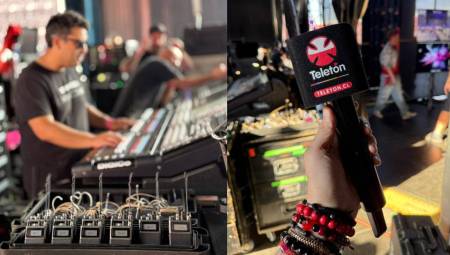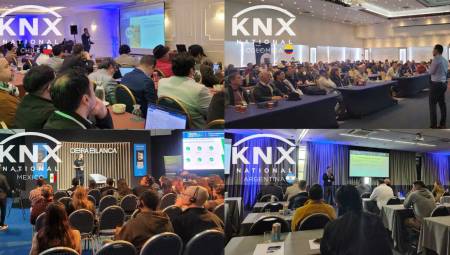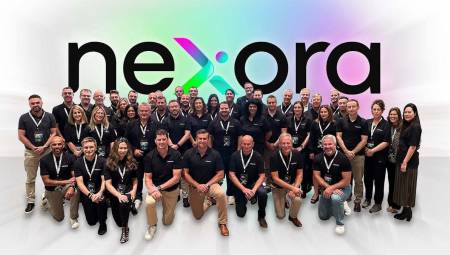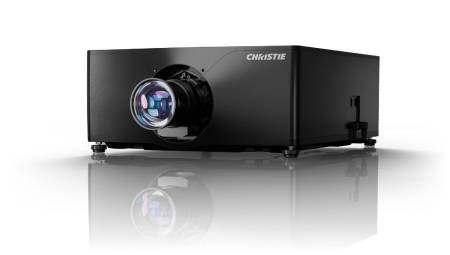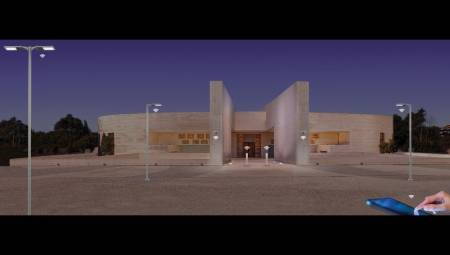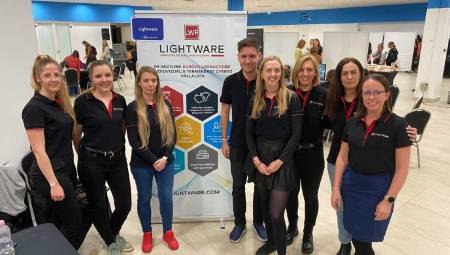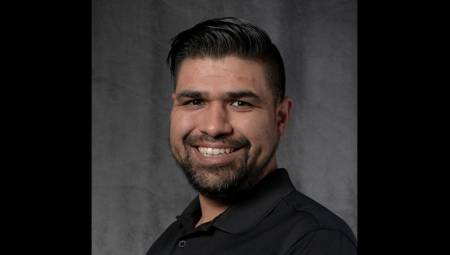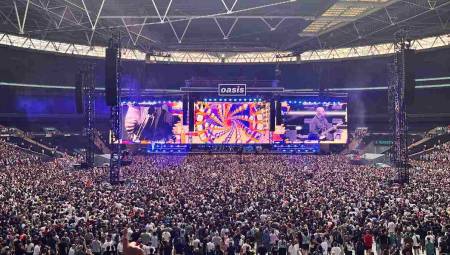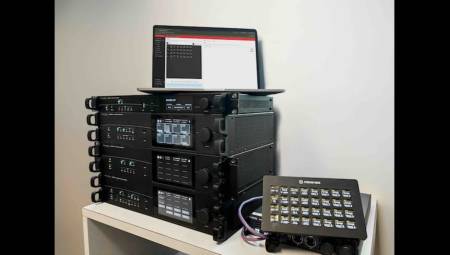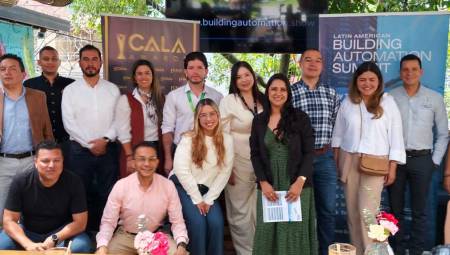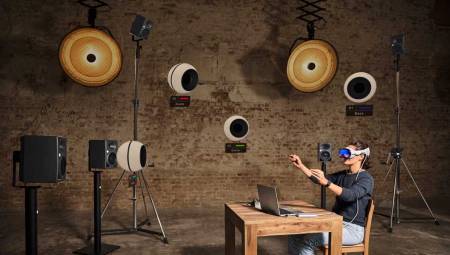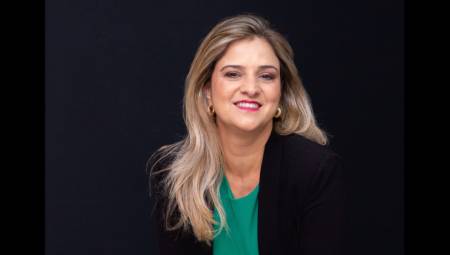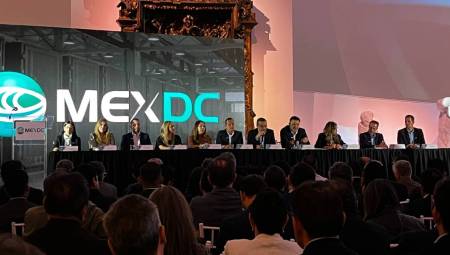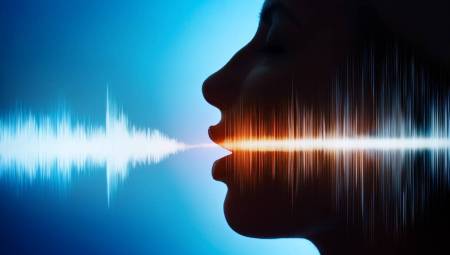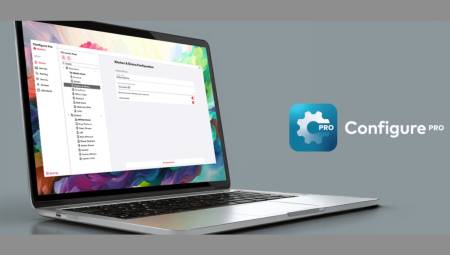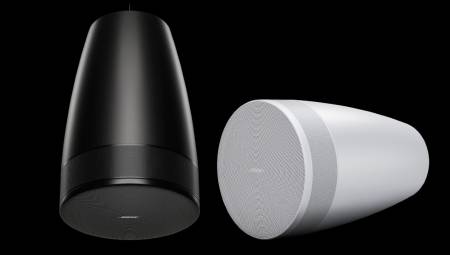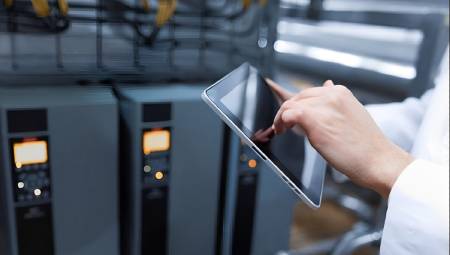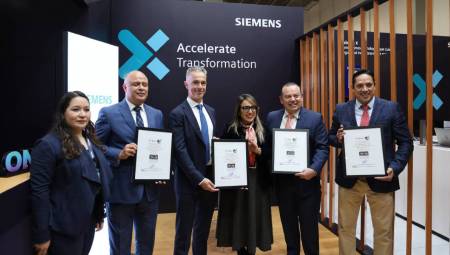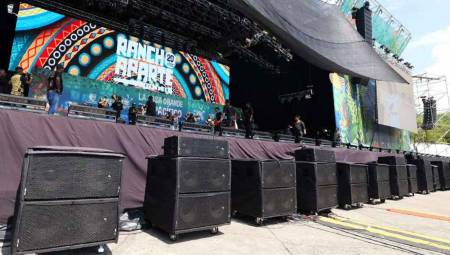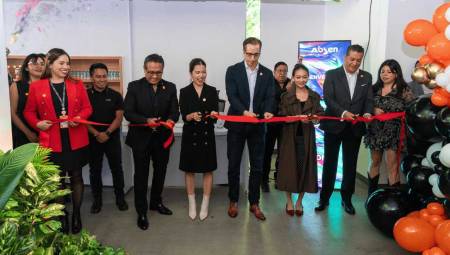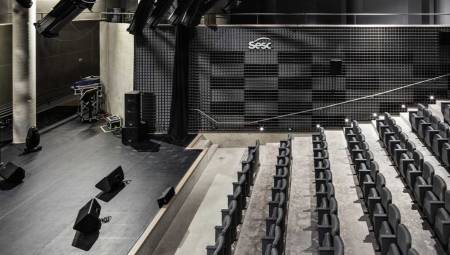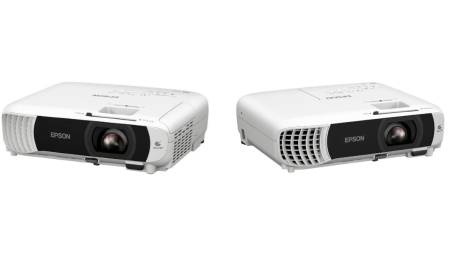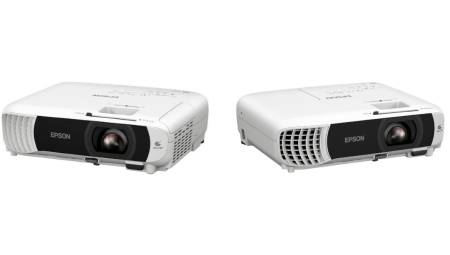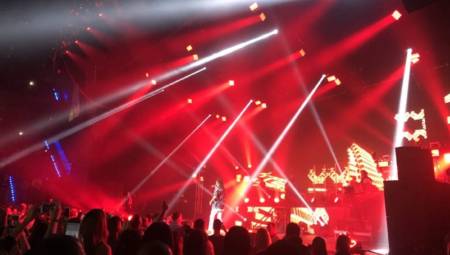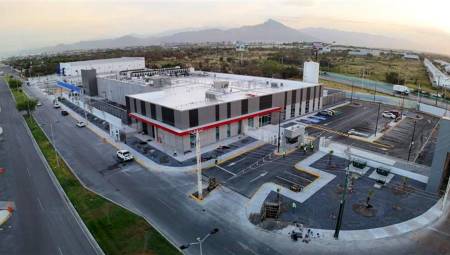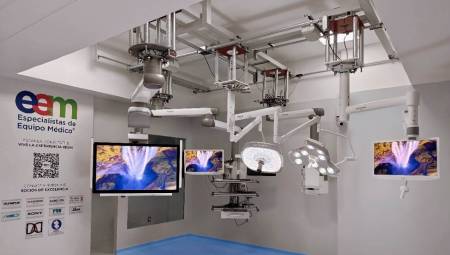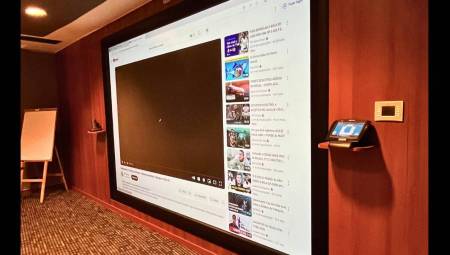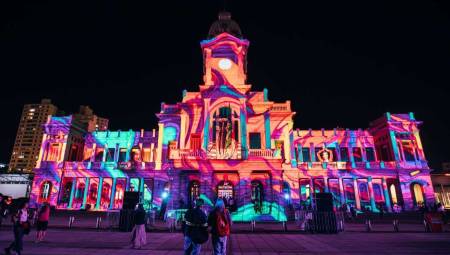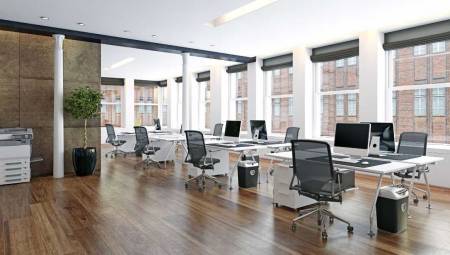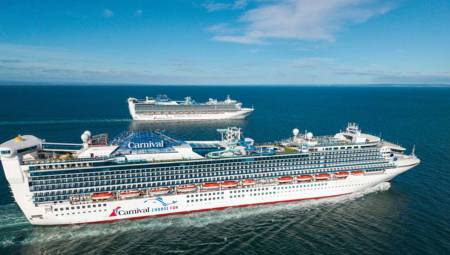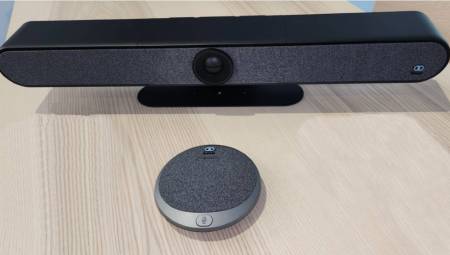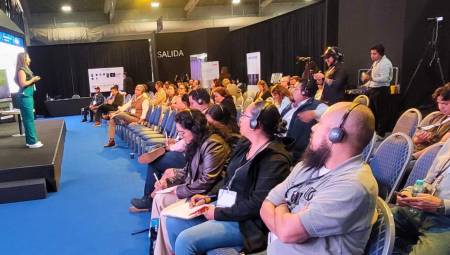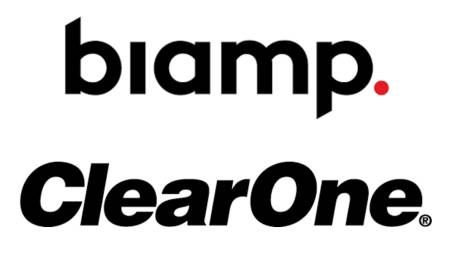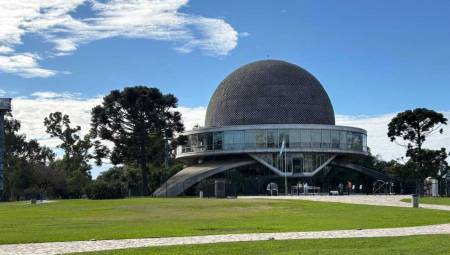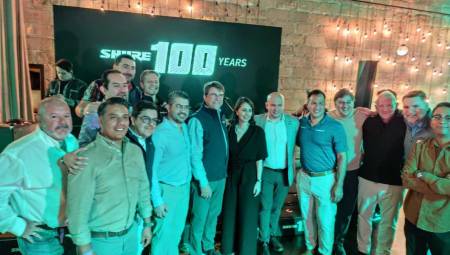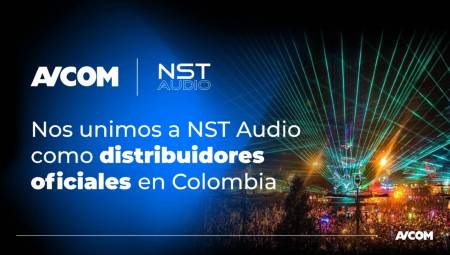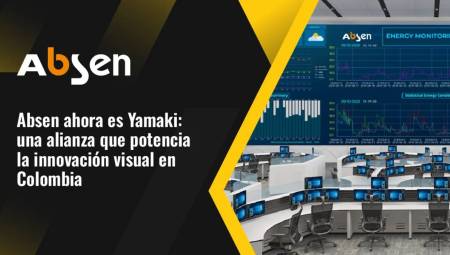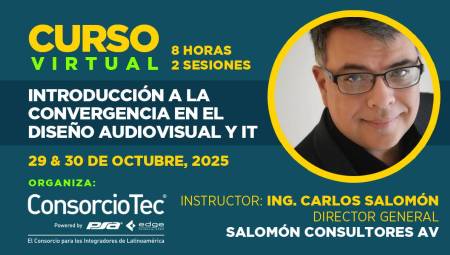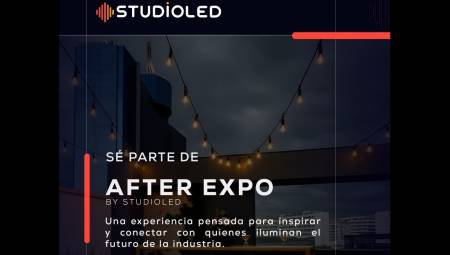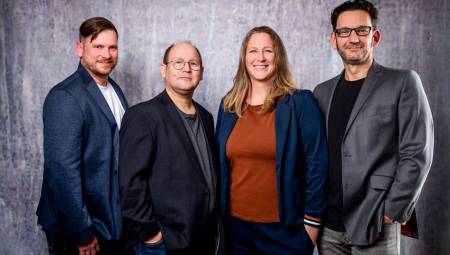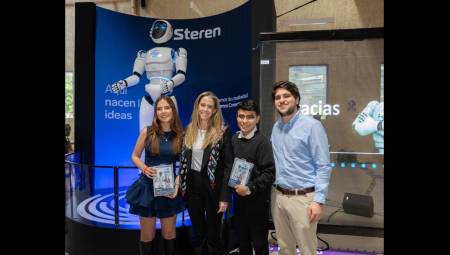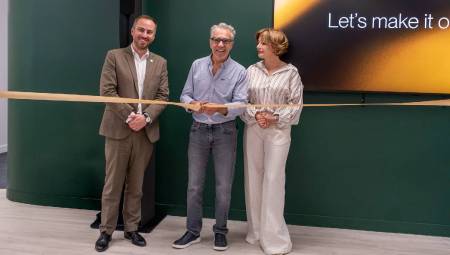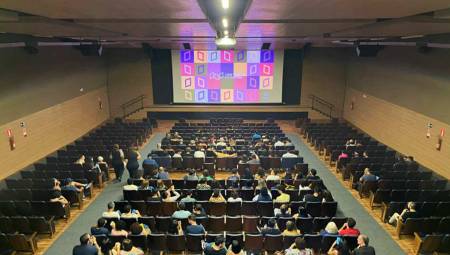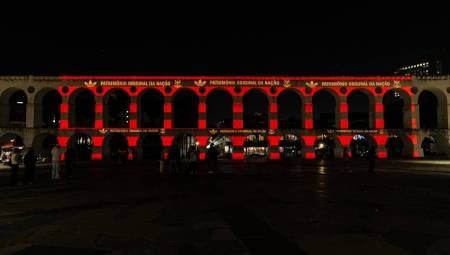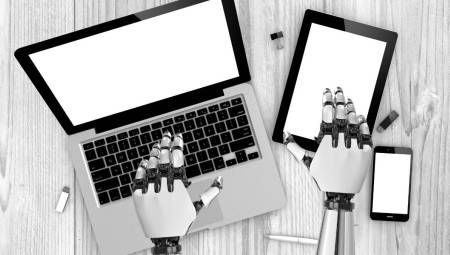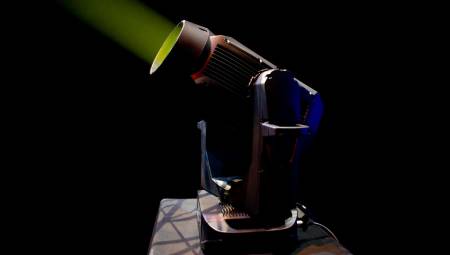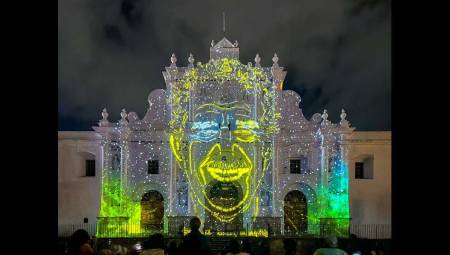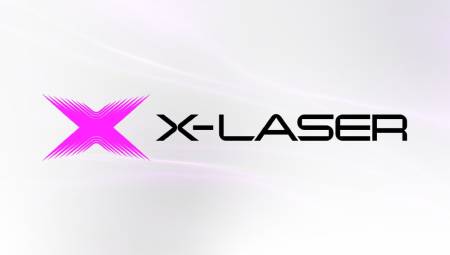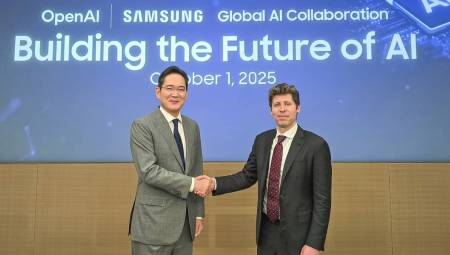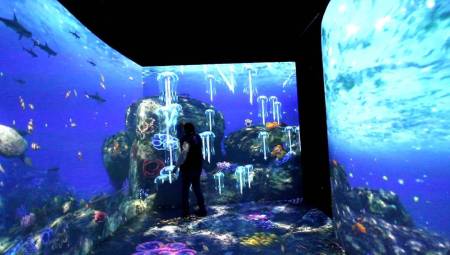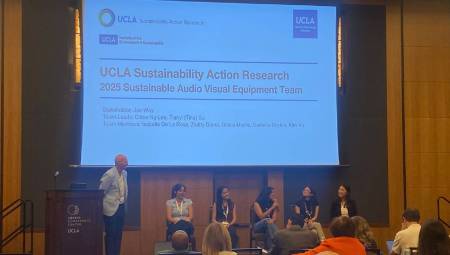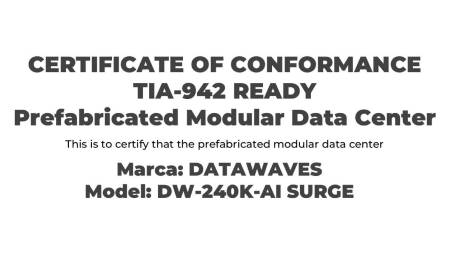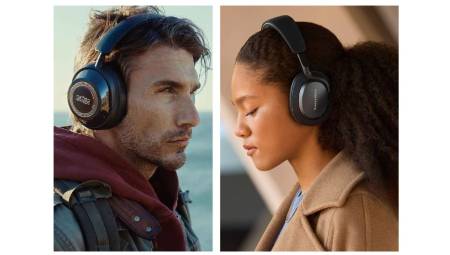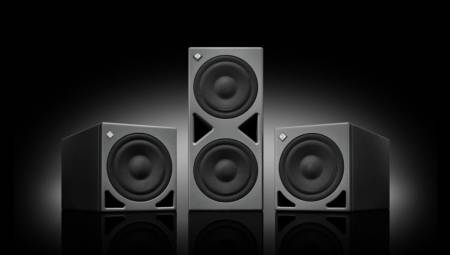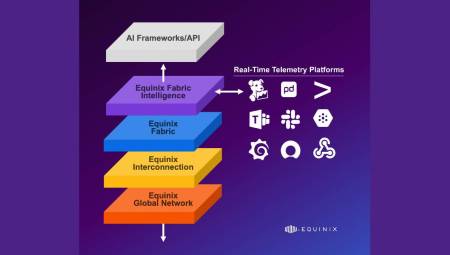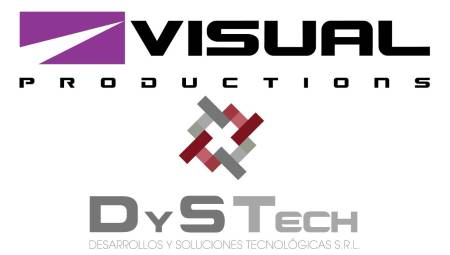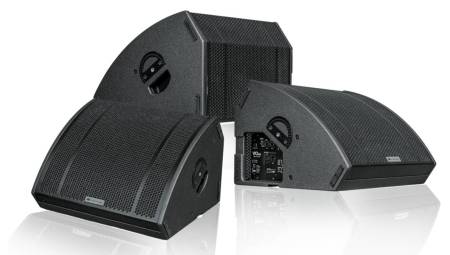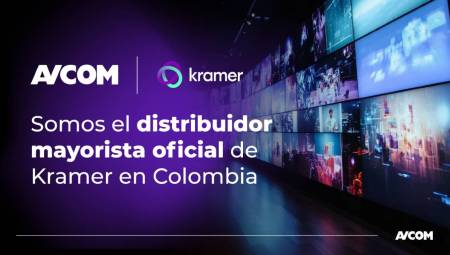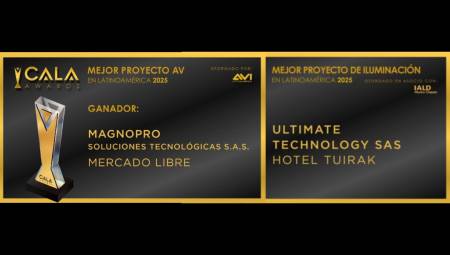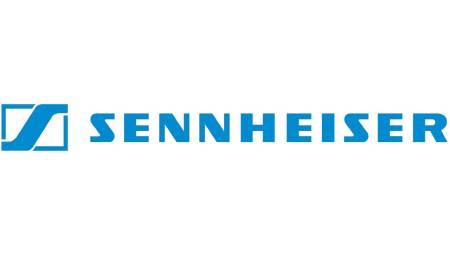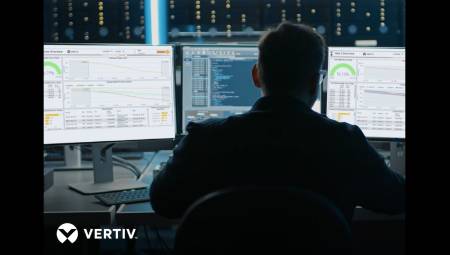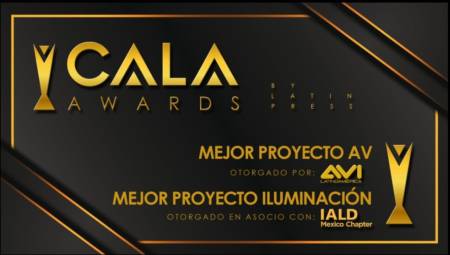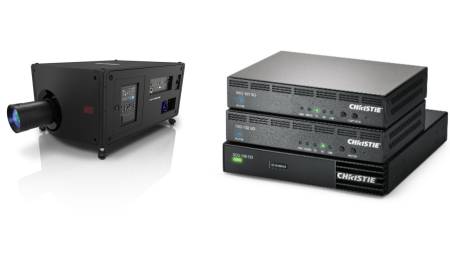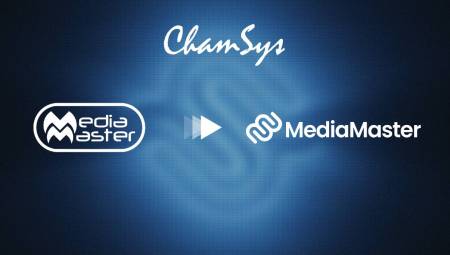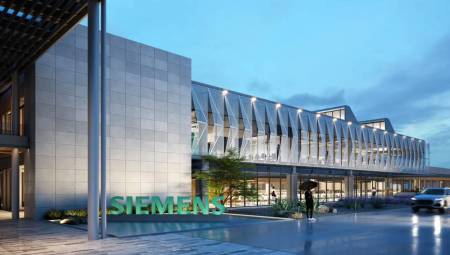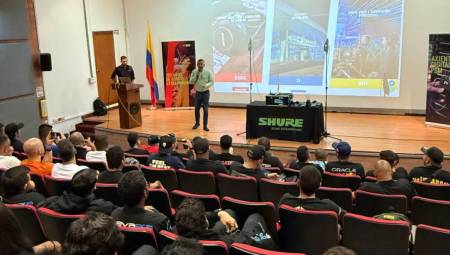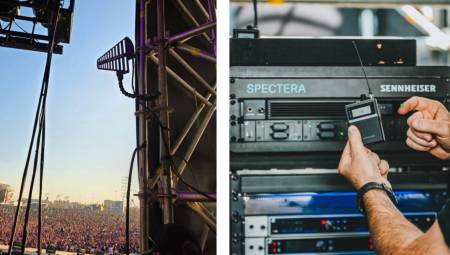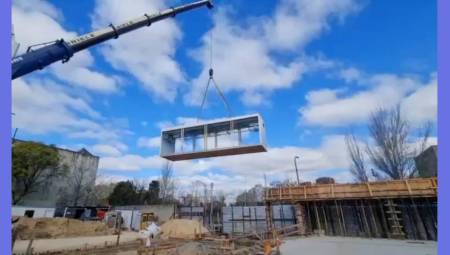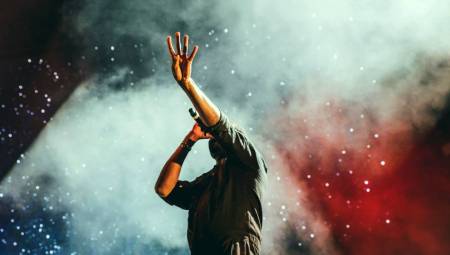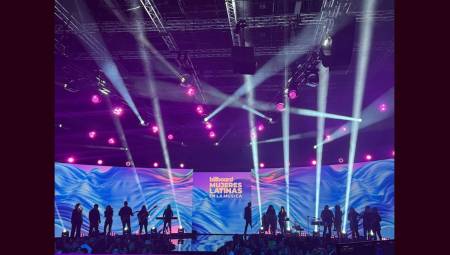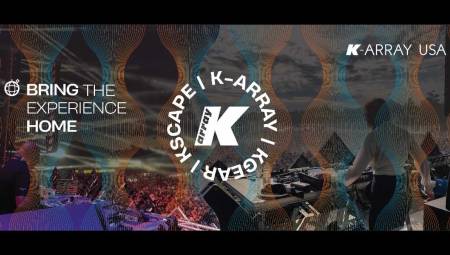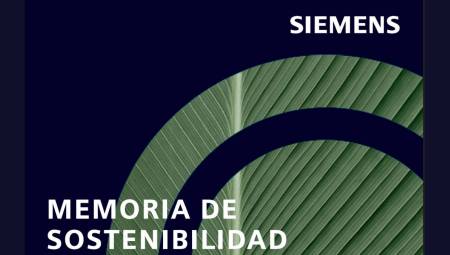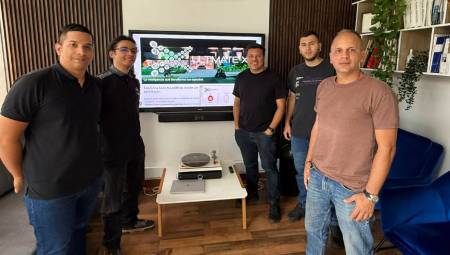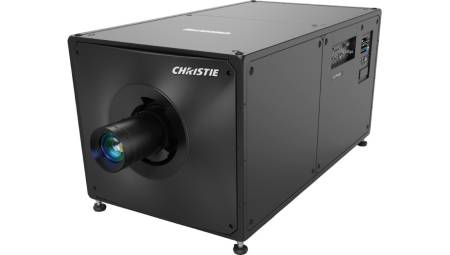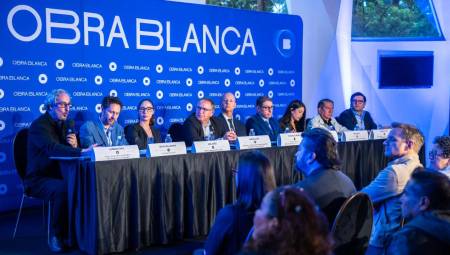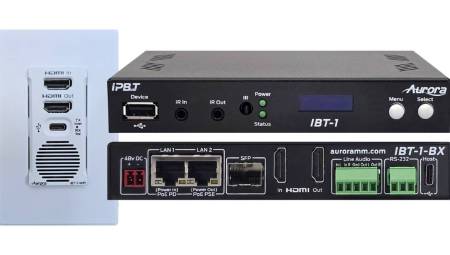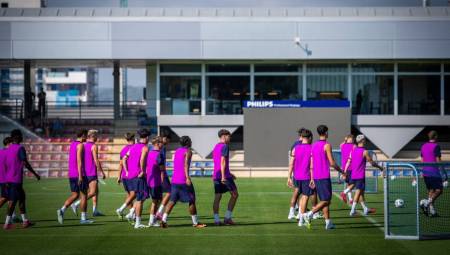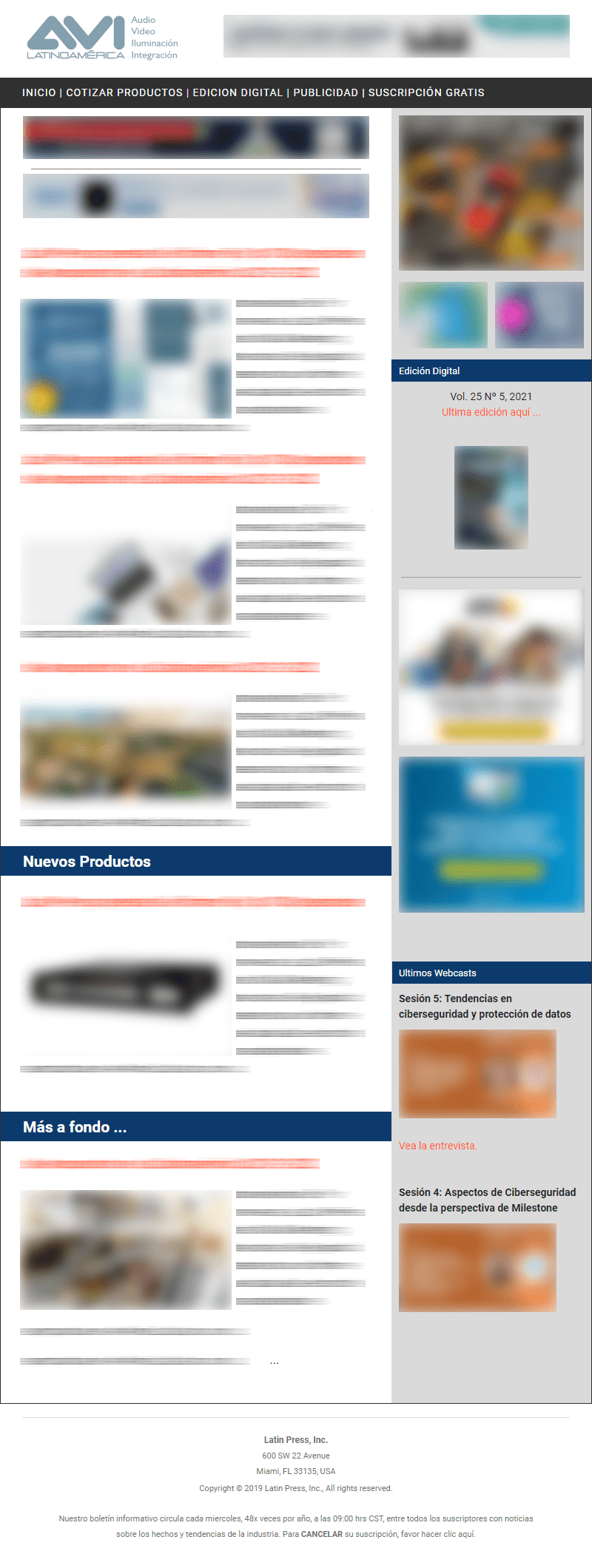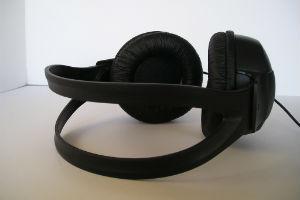 The ignorance of its applications and the cost of production, have made that 3D sound does not have the same development of 3D video. And although it is much older, there are few companies that carry out projects of this type.
The ignorance of its applications and the cost of production, have made that 3D sound does not have the same development of 3D video. And although it is much older, there are few companies that carry out projects of this type.
By Richard Santa S.
Three or four years ago the consumption of 3D images ceased to be exclusive. Its massification began in the cinemas, which now have at least one theater dedicated to this format, as well as with the films that most have their traditional version and another 3D.
This is a technology that is here to stay. So you can conclude after visiting several fairs dedicated to the video industry and find that companies are focused on producing equipment for 3D production, to the point that you can already count on exclusive televisions for this format in the living room of the house and at an affordable cost.
3D video has a promising future, but the situation is not the same for stereoscopic or 3D sound, which although it is not new, its commercial use is reduced and there are few companies that are dedicated to these formats in sound, among other factors, due to their cost, ignorance and limited applications.
Juan Fernando Montoya, from the Robert Bosch company, explained that 3D sound is based on creating multidimensionality in sound and that it is achieved from two fronts.
"On the electronic front, processors simulate diverse spaces and sources of location. On the transducer front, you need speakers with a lot of depth and auditory image that reproduce sounds in a wide and very natural way, and this is something that we produce."
Not new
Several research centers, universities and independent researchers have made important contributions to the subject, especially since the late 1970's and mid-1980's.
This was explained to AVI LATINOAMERICA by the representatives of 3DFonik Binaural Ideas Ismael Ortega and David Cortés, who maintained that "the commercial exploitation of this technology is barely reaching its maximum thanks to the massification of the use of the Internet and mobile devices (smart phones, tablets, etc.) with hearing aids of increasing quality".
Juan Fernando Montoya argues that 3D sound has existed since the first high-quality speaker was created, which delivered a wide image in its horizontal coverage and depth, with the ability to reproduce sounds that seem to go beyond their physical environment, called in their time holographic sound.
"The thing was generated more precise when you went from monophonic systems to stereos and stereo to quadraphonic, which then died, and then to surround and there to the infinity of formats 5.1, 7.1 and even 9.1, and from all this, it was thought that speakers could also be placed in the vertical plane and thus completely surround the sound people and call it 3D. "
Industry experience
One of the companies that has been working on this issue for two years is the Colombian 3DFonik Binaural Ideas, with applications for unconventional advertising, audiovisual productions and multimedia products, among others that are designed to be distributed mainly through the Internet and mobile devices.
Engineers Ismael Ortega and David Cortés, General Manager and Project Manager of the company, spoke with TV Y VIDEO about their experience in 3D sound production.
They explained that this is an audio technology that allows you to perceive sounds in any of the 360 degrees of 3D space, at different distances: very close or far, higher or lower, even moving around the listener.
The most common way to experience 3D sound is through the use of hearing aids, where you can precisely control the reproduction of sounds in each ear of the listener.
The engineers stress that no special hearing aids are required to experience 3D sound. "Obviously, the higher the quality of these, the better the feeling experienced. Fortunately, the quality of average consumer hearing aids is increasing, even in cell phone hearing aids, and especially smart phones, 3D sound products can be perceived very well."
Although in 3DFonik Binaural Ideas they are very reserved regarding the details of the production they make, they told us that the complexity in the production of 3D sound is a matter of knowing the appropriate recording and post-production methods to generate the particular effect of this format.
"Compared to conventional audio production, it requires much more attention to detail and in many cases may require more time to achieve the desired impact."
The 3D sound productions developed by 3Dfonik are stereo, the difference of these with conventional audio productions is that the audio file is recorded and processed in such a way that it contains the spatial information perceived by the human auditory system when listening to something in their daily lives.
And it seems that 3D sound is projected for the next few years. In mid-July, LG presented its new 3D Sound Blu-ray home theater for Latin America.
This system is Full HD 7.2 channels, adds a dimension of vertical 3D sound to a typical Home Theater surround system to complete the experience in three dimensions.
To achieve the 3D effect on the sound, LG applied vertical 3D sound channels over the speakers to create an experience as realistic as in a movie theater. Simply press the "3D Sound On" button on the remote control to activate the 3D vertical sound channels.
The equipment used
One of the companies that began working with 3D sound at the beginning of the 90's was Roland Systems Group. He developed an independent unit dedicated to three-dimensional sound processing technology.
This was called the Space Sound Processor, RSS-10, but it stopped being produced a few years ago.
Rob Read, the company's director of marketing and communications, explained that
Today, using a conventional two-channel system, sound can be placed anywhere or moved in the three-dimensional field.
"We currently don't have any kind of tool that allows you to create an audio mix for 3D. Our current market consists of live production, but there is not a huge demand for 3D blending effects in our product line."
He indicated that the current V-mixing consoles (M480, M380 and M320) are equipped with audio effects that can help expand the audio to create a louder and richer sound. In addition, these consoles have auxiliary buses that can help mix 2.1, 5.1 and 7.1 sound.
High cost
Because 3D sound productions generate much higher levels of impact than those achieved with conventional sound, they usually have a higher commercial value.
To get an idea, 3Dfonik offers productions that are worth about 70% more than what a similar product with conventional audio could cost.
Ismael Ortega and David Cortés indicated that despite the cost, the market has welcomed it very well.
"The main difficulty that 3Dfonik has encountered is the lack of knowledge of the technology on the part of the common user. Despite this, after overcoming this barrier, most people and companies show a strong intention to integrate it into their products or make use of this technology in one way or another."
Juan Fernando Montoya, of the bosh company, argues that another of the difficulties of 3D sound is that the applications are very limited and more for some very specialized exhibition rooms, such as Disney or interactive museums.
He concluded that "in practice there is not much of this commercially, and it is something that each person/company based on processors and the creation of their own musical tracks and speaker location patterns does, but there is no standardization or concordance of how it is done."




